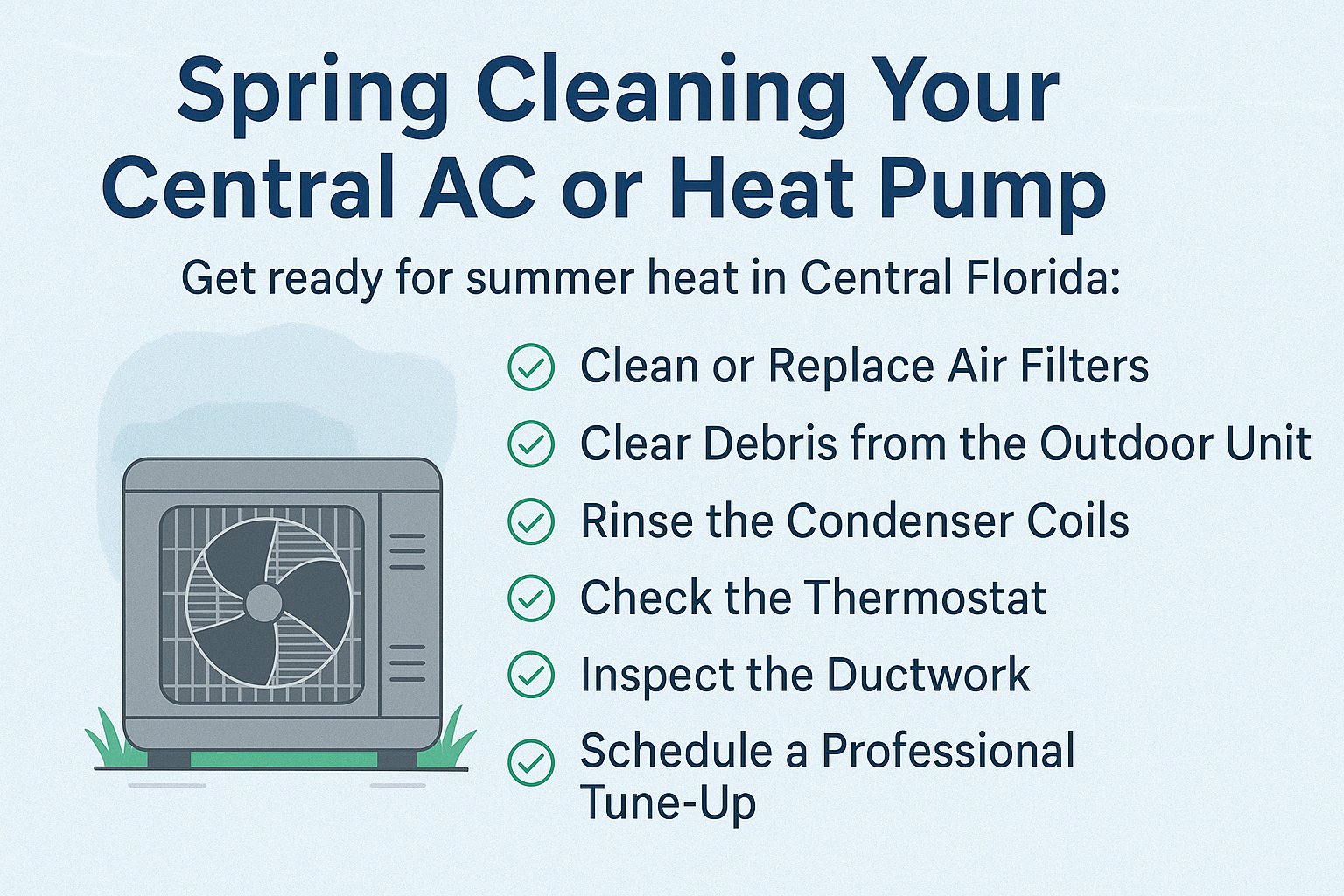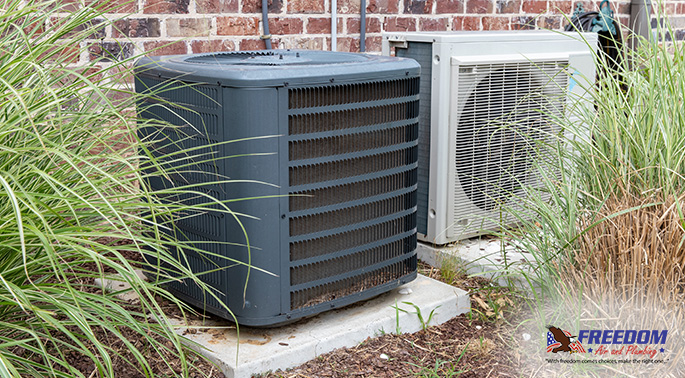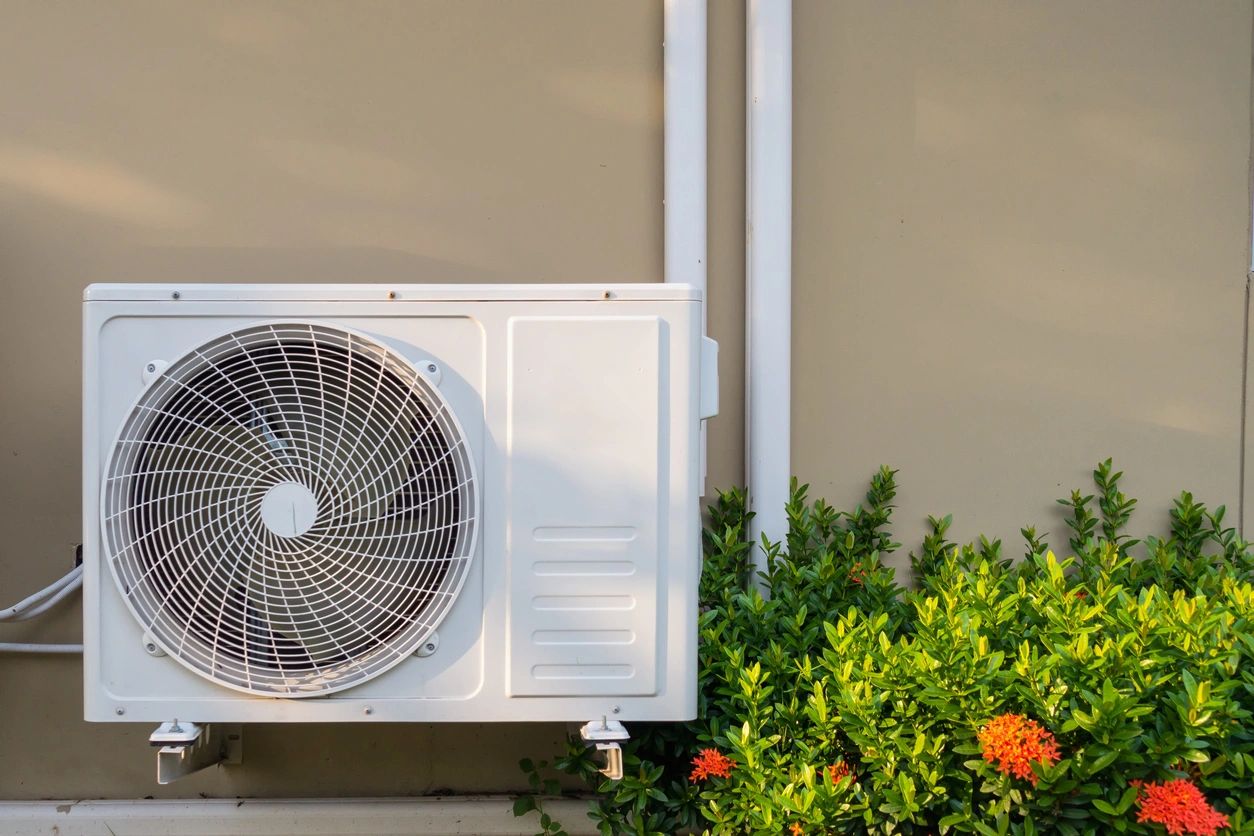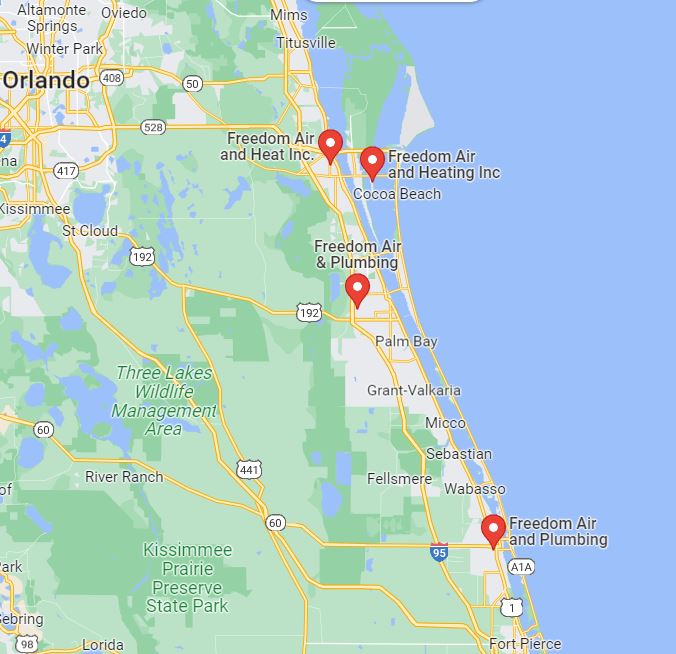So, your home is weatherproofed, your heating and cooling systems are running smoothly, but the temperature in your house is never quite right. If this sounds familiar, your home may not be properly insulated. “How do I know if my home is properly insulated?” you ask? The experts at Freedom Air are here to share our insights to help you find some answers.
Look for the Signs
Poor or improperly installed insulation can decrease the level of comfort and lead to severe damage to your home. Here are some tell-tale signs to look for:
-
Fluctuating Temperatures
This is an obvious sign of poor insulation. If you notice major temperature fluctuations between different rooms in your home, your house might be under-insulated.
-
High Energy Bills
When a home is poorly insulated, there are areas that are unprotected from extreme temperatures. If this is the case, your heating and cooling systems may be working overtime to keep your home the right temperature. If your energy bills are unreasonably high during extreme weather changes, you may need to add insulation to your home.
-
Mice and Bugs in Your Home
There are few things worse than living with uninvited guests, like bugs and rodents, in your home. These critters can easily enter your house through crevices and holes around doorways and windows. You can add insulation to your home to keep vermin out and your home air in.
-
Ice Dams on Your Roof
If your attic is not properly insulated, the rising heat from your heater will travel to your roof; the result: Ice dams.
Ice dams form when rising heat melts the bottom layer of snow on your roof. That melted water then trickles down toward your gutters and can freeze into icicles once it hits the cool air. These large chunks of ice can wreak havoc on your roof and gutter.
-
Water Leaks in Your Attic
Conversely to letting heat out, poor insulation can also let water in. If you are experiencing water leaks in your attic, your insulation (or lack thereof) may be the problem. Water leaks can cause severe and costly mold damage.
-
Frozen Pipes
Proper insulation protects your home from freezing temperatures during cold weather months. Poorly insulated exterior walls can cause your pipes to freeze. If your frozen pipes burst, you will be facing expensive repairs.
How Can I Be Sure My Home Has Insulation Problems?
There are plenty of DIY tests you can perform to determine if your home is properly insulated. We recommend starting with your attic with these quick tests:
DIY Method 1: Quick-Check Attic Insulation Levels
- Look across your attic – if the insulation is level with or below the attic floor joists, you need to add more insulation.
- Insulation should be well above the floor joists. It is equally important for the insulation to be evenly distributed with no low spots. Make sure insulation covers your entire attic at the same level above the joists.
DIY Method 2: Measure Your Insulation Levels
- Use a measuring tape to measure the depth (in inches) of the insulation in your attic.
- Use this table as a reference guide for measuring your insulation levels. If your measurements fulfill the recommended R-Value, you probably do not need to add more insulation.
Schedule a Professional Inspection for Wall Insulation
To avoid damaging your home or risking your own safety, we recommend that you allow the pros to take care of inspecting your wall insulation. You will want a professional technician to examine your property and recommend the solution that will best fit your needs.
If you find yourself asking: “How do I know if my home is properly insulated?” it is time to ask the pros. Tackle any of your heating, cooling, or home insulation needs by contacting the team at Freedom Air today!








